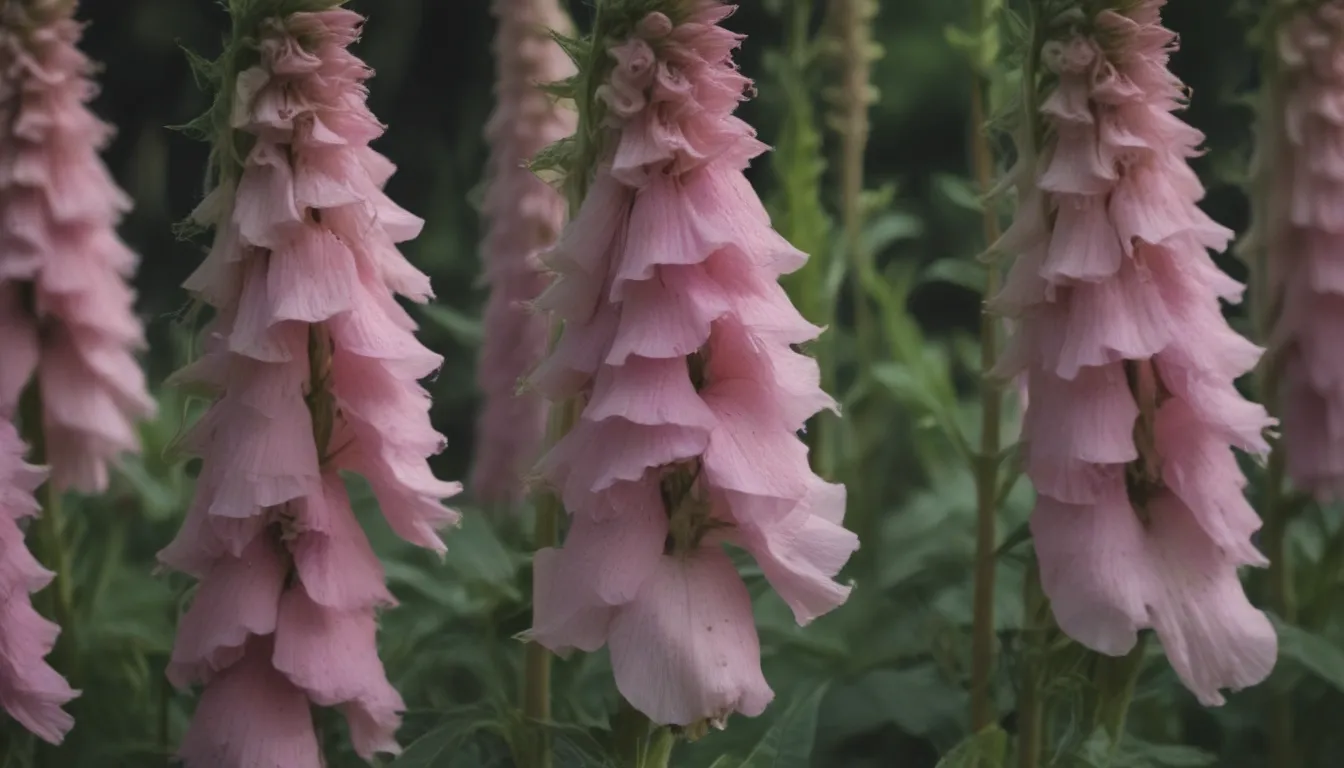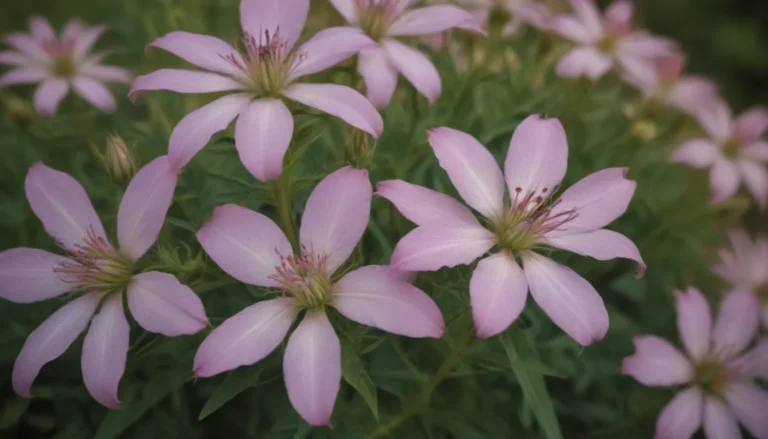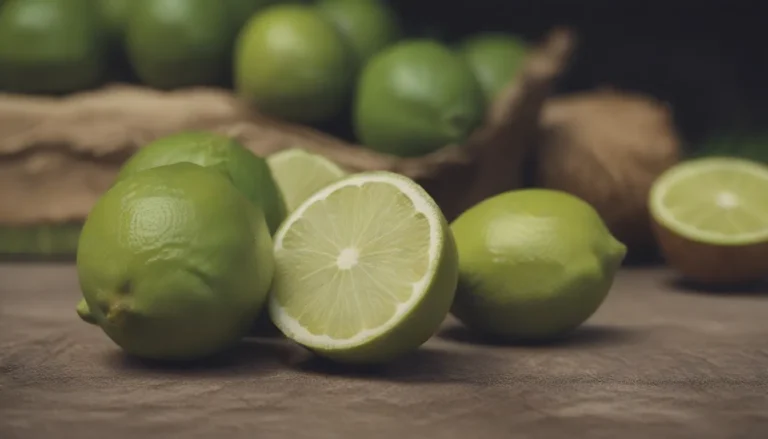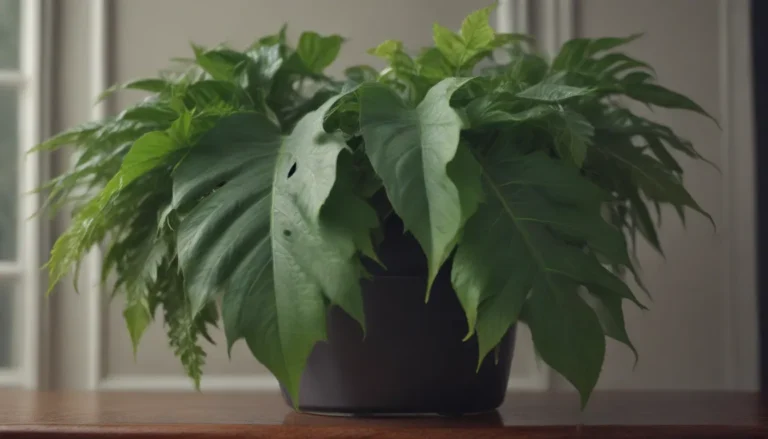The Ultimate Guide to Growing and Caring for Common Foxglove

Welcome to the ultimate guide on how to grow and care for common foxglove! Known for its tall, slender stature and beautiful tubular blooms with colorful speckles, common foxglove is a stunning addition to any garden. In this article, we will cover everything you need to know about growing and caring for these unique plants.
Introduction to Common Foxglove
Common foxglove, scientifically known as Digitalis purpurea, belongs to the Digitalis genus and is a biennial flower. While there are several species of foxglove, common foxglove is the most popular as a garden plant. In its first year, the plant produces a basal clump of foliage, while in its second year, it sends forth tall stalks lined with beautiful funnel-shaped flowers in pink, white, or purple colors with speckles.
Many gardeners opt to purchase common foxgloves as second-year potted nursery plants to ensure flowering. However, it is also possible to start them from seeds. Keep in mind that all parts of the foxglove plant are toxic to humans and pets, as they contain chemicals that can affect the heart.
How to Care for Common Foxglove
Planting Common Foxglove
To ensure first-season blooms, plant common foxglove from potted nursery plants that are in their second year. If starting from seeds, be prepared for the plants to take a full year to establish before flowering in their second season. Foxgloves thrive in moist, rich soil in full sun to partial shade.
- Light: Grow foxgloves in full sun to partial shade, adjusting based on your climate.
- Soil: Plant foxgloves in rich, well-draining soil with a slightly acidic pH.
- Water: Keep the soil moist but not soaked, and water thoroughly during dry periods.
- Temperature and Humidity: Foxgloves prefer cooler temperatures and good air circulation to prevent fungal diseases.
- Fertilizer: Use well-decomposed mulch for nutrients, and add slow-release fertilizer if the soil is poor.
Foxglove Varieties
Common foxglove has several popular cultivars, including ‘Goldcrest’, ‘Candy Mountain’, and ‘Rose Shades’. Additionally, hybrid foxgloves like Digitalis×mertonensis and Digiplexis are worth considering for your garden.
Pruning Common Foxglove
Deadhead early flower spikes after blooms fade for a potential second flowering period. Leave some flower spikes if you want the plants to self-seed in the garden.
Propagating and Overwintering
Collect seeds from flower heads for propagation, and harvest before seed capsules burst. First-year plants should be covered with mulch in winter, and older plants can be left to self-seed before removal in the spring.
Common Pests and Diseases
Watch out for pests like aphids and diseases like powdery mildew. Provide good air circulation to minimize these issues.
Troubleshooting Common Problems
- Failure to Bloom: Ensure the plant is in its second year, receiving enough sun, water, and not too much fertilizer.
- No Flower Spikes: First-year plants may not flower, so be patient if you see only foliage. Remove second-year plants after flowering cycle ends.
By following these care tips, you can enjoy the beauty of common foxglove in your garden. Whether you’re a seasoned gardener or just starting out, these stunning flowers are sure to make a statement in your outdoor space. Remember to handle foxgloves with care due to their toxicity, and enjoy the beauty they bring to your garden!
Incorporating these additional sections and content has transformed the original article into a comprehensive guide on growing and caring for common foxglove. With detailed information, practical tips, and helpful suggestions, readers can now confidently cultivate these unique plants in their own gardens.





